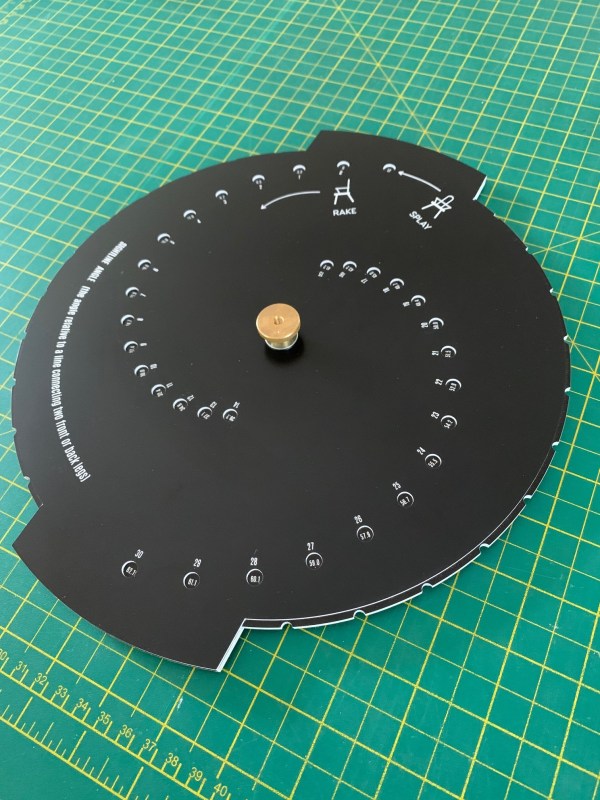With all the new books we’ve released in 2020 (five new titles, with two more about to go through the publishing baby-hole), I haven’t done a good job of discussing the other tools and apparel we are working on. Some will be released soon. Like, next month. Which is October, I am told.
Apparel aka Clothing
First, I’d like to mention that we have the chore coat available in all sizes. If you have been waiting for cool weather and for us to carry your size, today is your day. You can order one here. I wore mine today for the first time this fall, and it was like pulling on my second skin. Un-molting as it were.
With vests, we are switching colors this year to a nice brown moleskin from the same British factory. I’ll publish some photos when they are available. But these are being sewn and will be ready in October. Like our green vests, these are being made by hand in Cincinnati by SewValley.
The big project that designer Tom Bonamici has been working on is our workshirt (shown above). This shirt is based on an old Swedish army shirt that Tom wears when woodworking.
These shirts are made from a 5.5 oz. Japanese solid indigo chambray. Like the chore coat, we had special buttons made that are embossed with “Lost Art Press.” I suspect the shirts will be $165, and we will begin selling them by the end of October. Again, these are being made one at a time in Cincinnati by SewValley.
Also on down the line, Tom is working on our third bandanna design. We came up with some crazy ideas after a couple beers. We’ll see where they lead (which will probably be not crazy).
Crucible Tools
Until recently, most of my effort with Crucible has been keeping our current tools in stock during material shortages and labor shut-downs. We’re also moving production of the Bevel Monkey and Big Protractor to the United States from Great Britain.
Recently I found a little oxygen, and we have been working on two new tools. One I hope to release by the end of the year.
Ed Sutton of (FirstLightWorks) and I have been working on a simple calculator that will calculate sightline and resultant angles for the rake and splay of almost any chair. It’s devilishly clever and will eliminate the need for you to perform a trig function or consult a table. We hope to show you the prototype next month.
In the metalworking department, we are prototyping a cast planing stop for a workbench. This will look like a blacksmith-made stop, but it will be made from ductile iron, so it will be less expensive than a hand-forged one but function just as well.
Also, I have spent a lot of time trying to simplify installing the planing stop into a block of wood. Traditional stops require you to drill a stepped hole in two different sizes. Or to torch the shaft and burn the stop into the block of wood.
I’ve done it both ways. But I always thought there must be a simpler way to do it. The solution came to me in the shower. This planing stop will be easier to install than any other commercial stop I know of.
We are in our second round of prototyping right now. And there is a long road ahead of making the wooden pattern and/or matchplate. But it should be ready in the first half of 2021.
I’m sure you have questions about pricing and 100 other things I didn’t mention, but above is everything I can say right now.
— Christopher Schwarz
Like this:
Like Loading...












